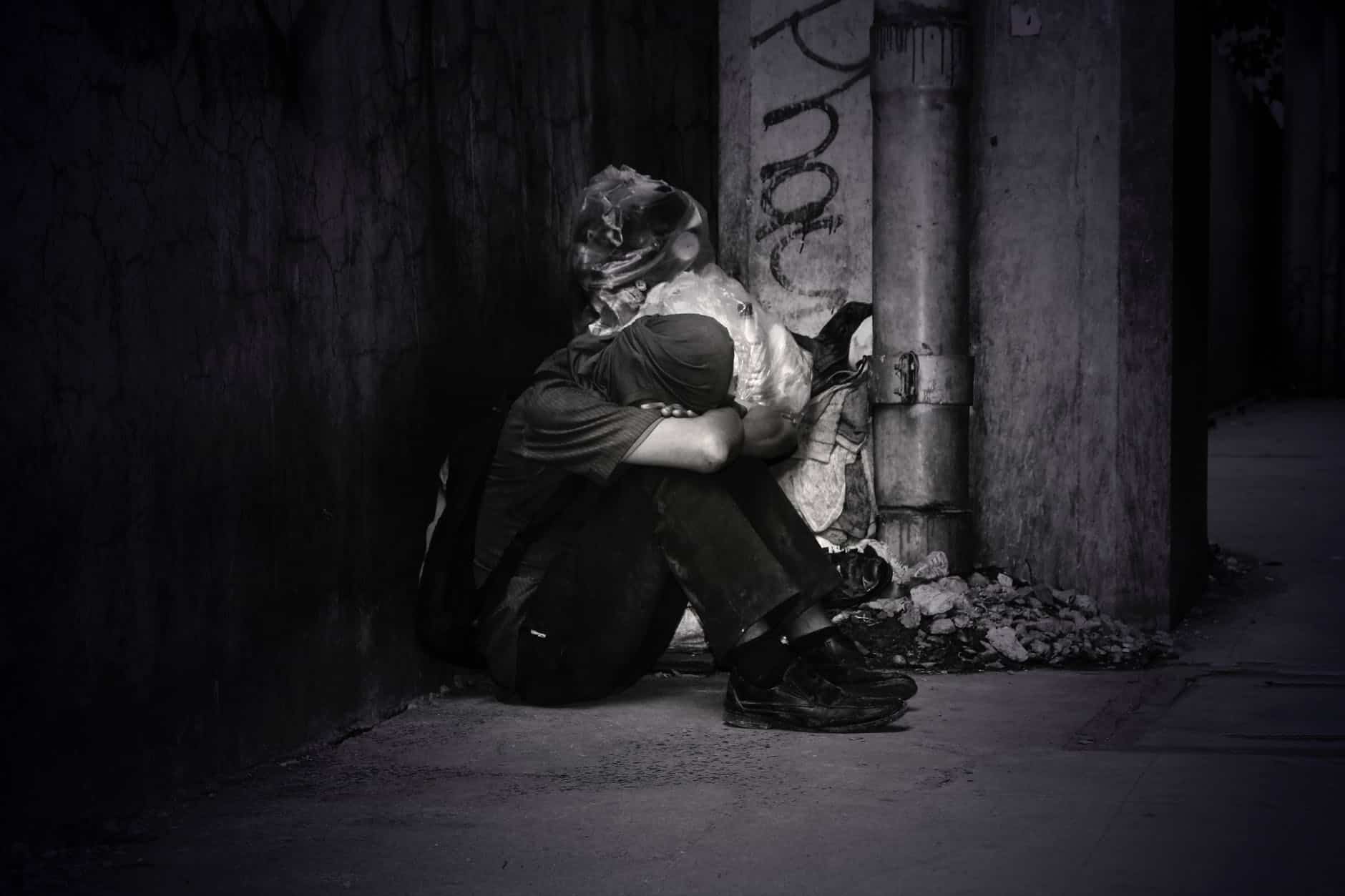Recent study gives Niagara Regional Council a snap-shot of homelessness
Published July 2, 2021 at 7:44 pm

Back in March, Niagara Regional Council asked its staff for an update on regional homelessness so they could put the findings into their Niagara’s 10-Year Housing and Homelessness Action Plan (HHAP) in an effort to create programs to help counter the situation.
After more than three months, a comprehensive package was returned to the council table at their June 23 meeting.
The region collaborated with some 70 agencies on the project called the Point-in-Time (PiT) Count.
Key among them was staff from the Fort Erie Native Friendship Centre and Niagara Regional Native Centre, located in Niagara-on-the-Lake, to ensure Indigenous homeless numbers were as up-to-date as possible.
Some of the key findings from the PiT Count turned out to be:
- On March 23, 2021, at least 665 people were experiencing homelessness in Niagara compared to 625 in 2018. A total of 439 surveys were completed in the 2021 count. Of those 665 people, 121 were children aged 0-15 years, 76 were youth aged 16-24.
- 79 per cent of respondents considered Niagara to be their home community
- There has been a decrease in youth aged 16-24 experiencing homelessness, compared to 2018 (21.1 per cent), thanks to shelter diversion programs in Niagara,
- More respondents were staying in unsheltered locations or responded “I don’t know” when asked where they were staying overnight in the 2021 count vs. 2018 (47 vs. 20)
- Nearly one in four (22.6 per cent) of respondents identified as Indigenous or having Indigenous ancestry. This continues to remain vastly disproportionate to the 2.8 per cent of Niagara’s overall population with Indigenous identity. People with Indigenous identity and/or ancestry are dramatically overrepresented in the homeless population across the country.
- In 2021, 66.3 per cent of respondents had a high school education or greater, compared to 61.5 per cent in 2018
- In 2021, 24 per cent had experienced homelessness for the first time before 18 years of age compared to 36 per cent in 2018
- Over the past year, 42 per cent of respondents had been homeless six or more months
- The top five reasons given for most recent housing loss included: financial hardship (22.8 per cent), conflict with spouse/partner (13.7 per cent), landlord/tenant conflict (12.8 per cent), addiction or substance use (11.6 per cent) and unsafe housing conditions (10.3 per cent).
- High rent costs and low income are the biggest challenges that a large majority of respondents continue to face in 2021
- More than 60 per cent (compared to 53.9 percent in 2018) of respondents self-identified as having a mental health issue and 40.5 per cent (compared to 34.3 per cent in 2018) of respondents self-identified as having a substance use issue.
The report was quick to point out that “while having a mental health or substance use issue doesn’t equate to experiencing or being at risk of experiencing homelessness, people experiencing homelessness are disproportionately affected by mental health and addictions issues.”
“Often, the stress of being homeless may exacerbate a previous mental illness or substance use issue, and/or the difficulties of being homeless may encourage anxiety or depressive disorders,” it added.
After the presentation, Niagara Regional Chair Jim Bradley said, “This event, and the data that comes out of it, is critical to improve the understanding, needs and circumstances of the people who are affected by homelessness in our community.”
Added the region’s Director of Homelessness Services, Cathy Cousins, “”The PiT Count allows us to capture a snapshot of homelessness in our community. By knowing who is experiencing chronic homelessness we are able to better provide programs and support for people in need.”
insauga's Editorial Standards and Policies advertising





